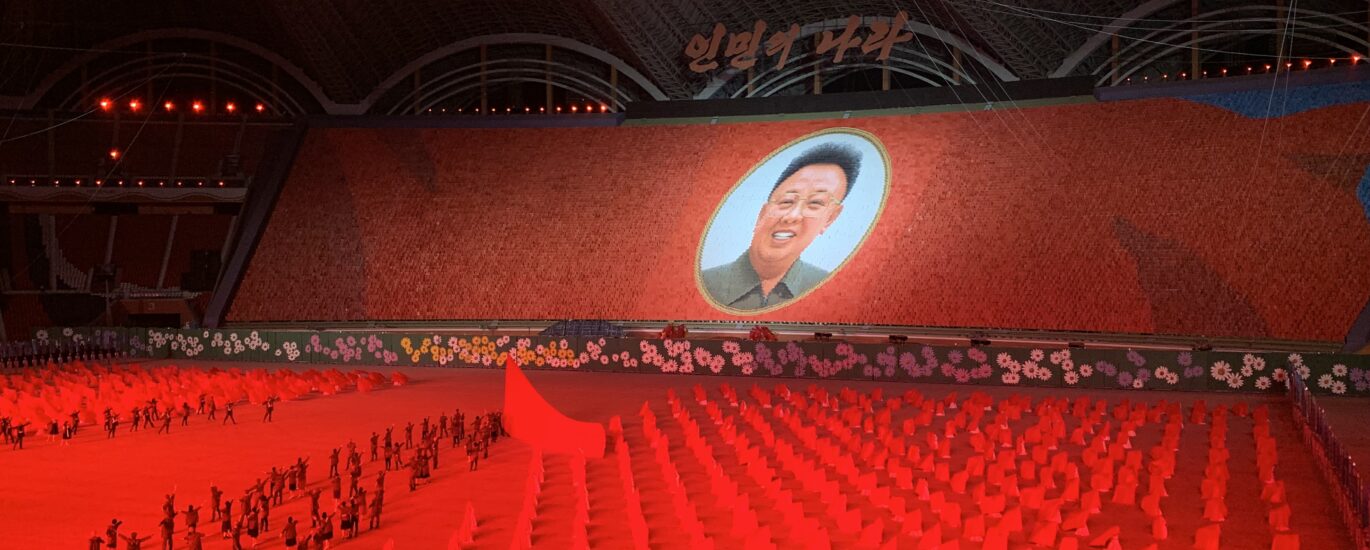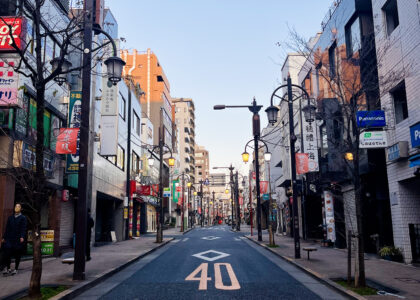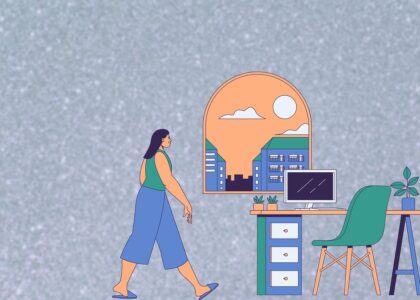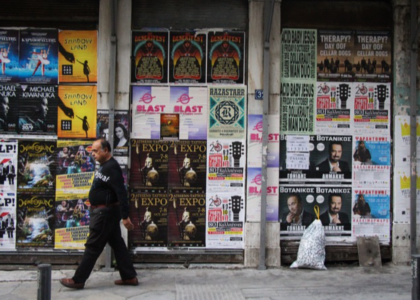In 2019, my family and I had the opportunity to visit the Democratic People’s Republic of Korea, more commonly known as North Korea. Those three days were both captivating and eye-opening, as we delved into a culture vastly different from our own. During our visit, I wrote a couple of excerpts detailing our experiences. Here, I’d like to share a glimpse of our journey in North Korea, offering others a chance to learn more about this famously secretive nation.
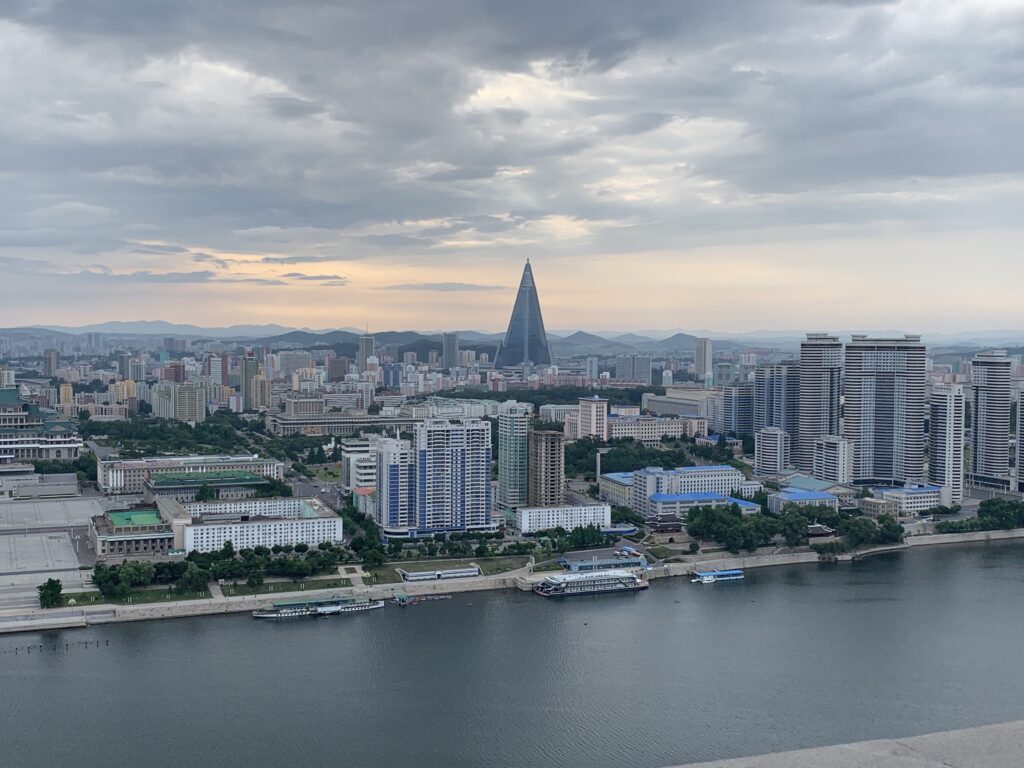
Beijing to North Korea, Day 1: June 8, 2019
North Korea, a name frequently mentioned in the news and often criticized, had always been just another country in my mind. It was a place I knew wasn’t a paradise, and I had grown up hearing about it constantly in the news, mainly for its weapons and conflicts. When I learned that I would be visiting, it didn’t initially have a profound impact on me. Up until yesterday, the trip felt like any other, and it didn’t truly register that I was about to visit the DPRK. But here I was.
The experience took on a surreal quality for me yesterday. In Beijing, we began our day with a substantial breakfast (I absolutely love Chinese breakfast buffets, 10/10 would recommend) and then enjoyed a peaceful walk in a nearby garden. We ventured into the city, visiting Tiananmen Square. It was strange to be there again; not much had changed. We spent the day exploring, eating, and taking in our surroundings.
At 4 pm, we headed to our meeting with Simon, the organizer and boss of Koryo Tours, the company that helped us plan our trip to North Korea. The meeting took place in a small, tucked-away spot in the middle of nowhere, hidden in an alleyway. Simon provided us with a guidebook and gave us a brief overview of what to expect, including specific rules we needed to follow. For instance, taking photos of soldiers was not allowed. There was no Wi-Fi except in the casino, which was still off-limits. We had to stay with our tour guides at all times, except when we were in the hotel, among a few other rules. That’s when it finally hit me that I was going to this secluded country, a place known to the world mainly through media coverage.
Fast forward to June 9th, and it was finally time to embark on our journey to Pyongyang, the capital of North Korea. We arrived at Beijing airport around noon, with mounting nerves and excitement about what lay ahead. The flight was unremarkable, and the burgers they served, supposedly famous, tasted like your average burger.
However, the real adventure began as we prepared to land. Seated by the window, I gazed out at the vast landscapes of the DPRK. At first, nothing seemed out of the ordinary – just extensive agricultural fields stretching into the distance. But as the plane descended, details started to emerge. Tiny figures toiled in the rice fields, while two people on a hill worked away. Blue-colored buildings dotted the cityscape, but beyond them, the buildings seemed to blend into the land, as if they were indistinguishable from the earth itself.
Then, the plane landed, and it hit me: ‘I’m really here. This is crazy, and I have no idea what to expect.’
We disembarked and proceeded to customs, where they scrutinized our visas and asked questions about our stay. The peculiar part came after collecting our suitcases, as we entered a declaration area. Here, we lined up, handed over our phones and passports, and watched as they scanned our bags, checking for any prohibited items like history books. After clearing this hurdle, we passed through the gates, where we met our two tour guides and our driver. The rule was clear: we had to be accompanied by at least two North Korean guides at all times, both watching over us and each other.
As we hopped into the car and headed towards our hotel, our tour guide shared a brief history of the country. North Korea boasts a population of approximately 25 million people, and much of the terrain is mountainous. While she spoke, my eyes were glued to the streets outside. There were numerous people – not overwhelming, but definitely a sight to behold. Some were busy working in the rice fields, others lined up, some enjoyed meals by the river, and a few sat in the grass, picking at it. People were biking, and there were many soldiers marching, seemingly towards an undisclosed destination.
Propaganda posters adorned the cityscape, creating a feeling as though I had been transported back to the 1900s, or at least what I imagined it to be. The roads existed but weren’t overly abundant, and cars didn’t congest the streets; most people relied on buses for transportation. It was surreal to witness this secluded corner of the world – a place shrouded in mystery to foreigners like us.
I couldn’t help but feel like I had stepped into a movie scene, surrounded by a world so different from what I knew. It made me reflect on the incredible dedication and unique lifestyle of the people here.
Our hotel was situated on an island, seemingly designed to limit easy access to the city. Despite this, it was a stunning hotel, and when we arrived around 5:30 pm, it was surprisingly empty. We settled into our rooms, had dinner, and then made our way to the Mass Games.
The Mass Games were grand performances held six nights a week, featuring a staggering 100,000 performers. They were scheduled to run from June to October, but this time they were being canceled due to the leader’s dissatisfaction. Luckily, today happened to be one of the last days of the performance, and we felt fortunate to witness it.
When we arrived at the stadium, it was much larger than I had expected, and the sheer scale felt unreal. Inside, it was even more massive. Although the stadium wasn’t completely filled, I learned that it was one of the largest in the world.
As the show began, my jaw dropped. It started with 17,940 students at the back creating images with books, and then the performers took the stage. I can genuinely say that I had never seen anything so magnificent. It felt like I was living in a dream, and I couldn’t tear my eyes away from the spectacle.
At one point, children, some as young as five, joined the performance, and they were flawless in their acts, making no mistakes throughout their time on stage. Acrobats followed suit, accompanied by a breathtaking display of fireworks. I couldn’t help but contemplate the immense time and effort that went into creating this spectacle.
It was astonishing to witness the dedication of these young performers. Even while at school they were expected to work in rice fields, and this was a norm. There’s so much more I could share, but after a long and memorable day, I’ll sign off for the night.
Visiting the DMZ, Day 2: June 9, 2019
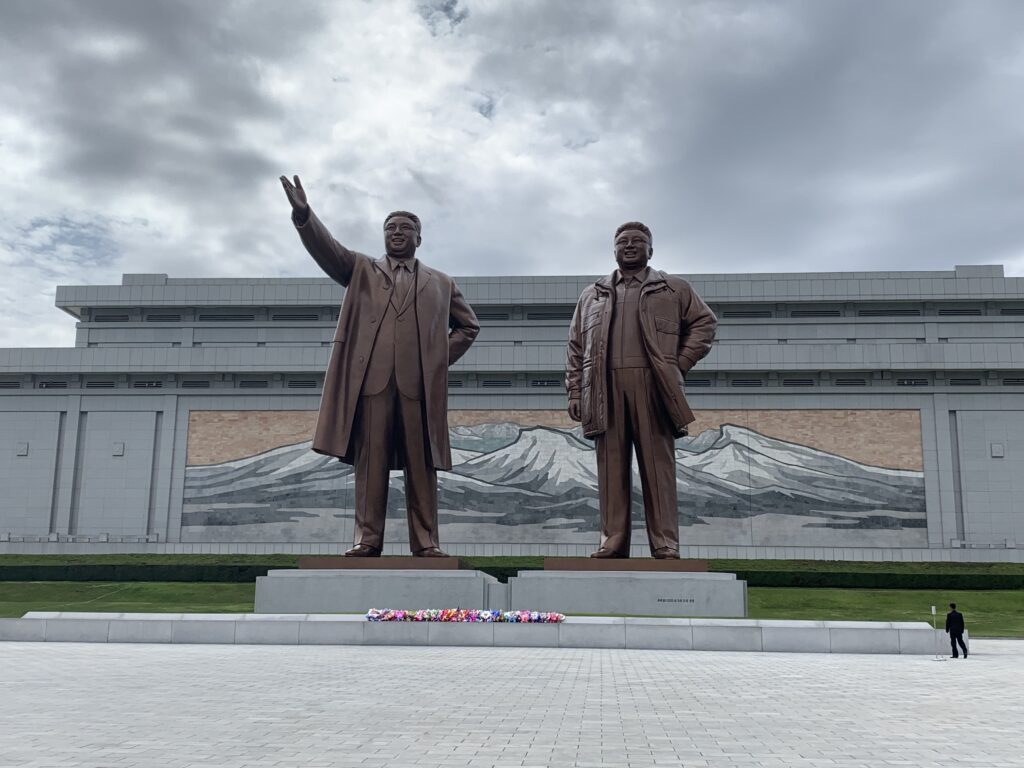
It had been a while since I’d experienced a day as eventful as this. Our day began early at around 5:45 am, setting the tone for an exciting adventure. By 6:30 am, we were gathered downstairs for breakfast, and the setting was rather peculiar. Breakfast was served in the grand banquet hall, but it was just my family and me. The hall was adorned with gigantic chandeliers, resembling the setting of a lavish wedding or a high-profile fundraiser.
At 7:00 am, our journey commenced, a three-hour drive to the DMZ, or the Demilitarized Zone. The DMZ acts as a buffer between two nations, where military installations and activities are prohibited.
The drive was nothing short of scenic; this country boasts untouched landscapes and majestic mountains. Gazing out of the window during the journey left me in awe. However, what intrigued me the most were the villages strategically positioned just behind the mountains, hidden from view as we drove down the highway.
Upon our arrival at the DMZ, located in a town called Panmunjom, we were joined by one soldier and one guard who accompanied us in our van. We engaged in conversation with the soldier, who appeared kind and carried himself with a warm smile. They were there to protect us, or so we were told. We then passed through gates into the DMZ, the demarcation line between North and South Korea. It wasn’t a particularly striking sight, mainly a few blue concrete buildings. We were able to observe the location where important signings take place. At one point, a fellow citizen reported our family, as anyone here can report unusual activities. Another soldier joined our van and instructed us to delete photos of the leaders if they were cut off from the frame.
Later, we also visited the university in the area. Although it’s said to be the oldest, it now functions as a museum, preserving its rich history.
Our day unfolded with a leisurely stroll, followed by a remarkable lunch experience. We were informed that we were dining like royalty, and true to their word, they served us a sumptuous feast in brass bowls. A total of 12 small dishes graced our table, each offering a delightful assortment of flavors, from potatoes to soup, bean sprouts, and red beans. It’s customary that such dishes are served in uneven or odd numbers, a unique culinary tradition.
Following this delightful meal, our next adventure took us to a hotel that showcased traditional Korean life. The atmosphere reminded me of Japanese houses, with floor sleeping arrangements warmed by floor heating, creating a cozy ambiance.
During our drive back, we made stops at several monuments, but what truly caught my attention was the vibrant street life. Citizens filled the streets, bicycling, children playing, and the scarce sight of cars replaced by bustling buses. We learned from our tour guides that private car ownership here is a rare privilege, typically reserved for those who have achieved something exceptional, like winning a medal for the country. Homes and apartments are not bought or sold; instead, they are passed down within families.
In addition to the pervasive propaganda posters, the topic of peace is a frequent discussion. North Koreans express a desire to reunify with South Korea, as the two nations were once a single entity. Citizens receive pins of their leaders at the age of 14, which they are required to wear except when working or playing sports.
Returning to Pyongyang, the capital city, we visited a fair where we enjoyed a ride and explored a small theme park with attractions like Psyclone and Time Warp. It was a charming experience, and the majority of attendees were fellow tourists. The park was relatively quiet, as it’s currently the farming season, and locals are occupied in the rice fields. After a day’s hard work, buses filled with people line the streets.
Life in North Korea involves a mandatory period of work in the fields for everyone, depending on their life stage. University students dedicate around a month or two, while working individuals may have varying requirements. For our tour guides, it’s approximately two weeks.
As the day transitioned into evening, we savoured a delightful duck dinner. Now, as I lay in bed penning down my thoughts, I find myself reflecting on this enigmatic country, realizing how little I truly understand about what goes on behind the scenes. It prompts questions about the balance between freedom and safety, and it’s intriguing to consider that many of these people have never known a different way of life.
A Few Years Later
It’s been a few years since my visit to North Korea, and I’ve since gained a deeper understanding of the country. While many vacations are filled with excitement and adventure, this trip was as informative as it was sobering, leaving me with mixed feelings about returning. Behind the borders lie numerous secrets and stories, often on the less pleasant side—lives most of us can hardly fathom.
Visiting North Korea felt somewhat like inviting a guest into your home but choosing to keep certain rooms locked, concealing the mess within. As tourists, we only glimpsed the relatively pleasant aspects of life in North Korea, with many doors remaining unopened to us.
My three days in the DPRK were an unforgettable experience and an eye-opening journey into a nation isolated from the rest of the world. It’s a country that serves as a stark example of the paths society can take. While most of us can’t imagine a life where improper disposal of newspapers results in punishment or being constantly watched by those around us, this is the reality for an entire population of 25 million people.

